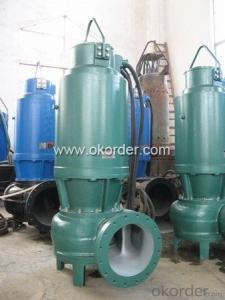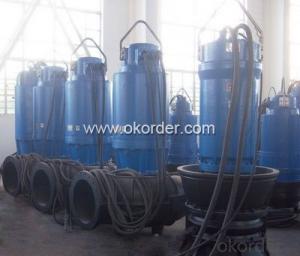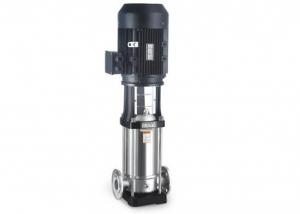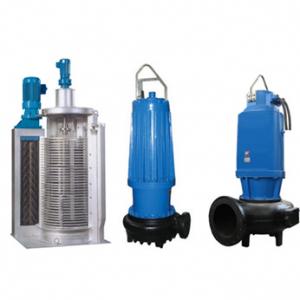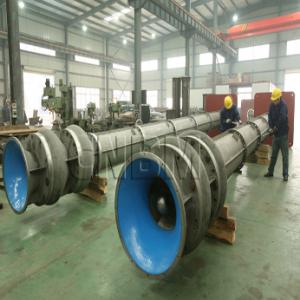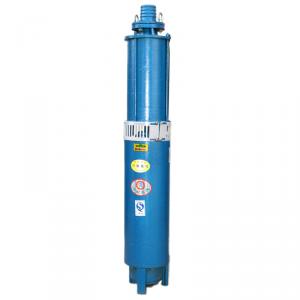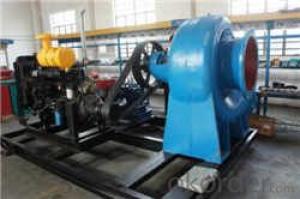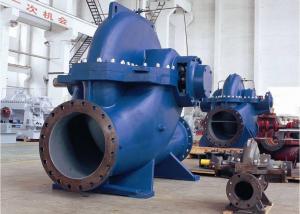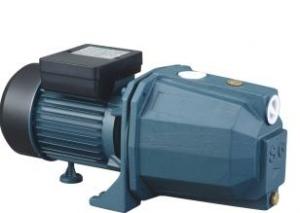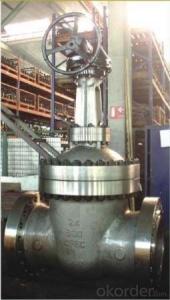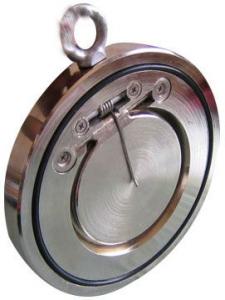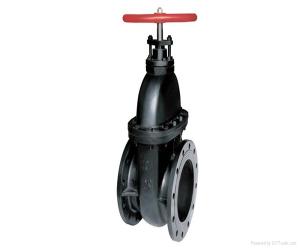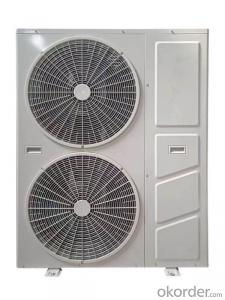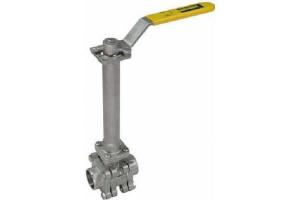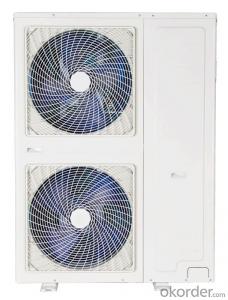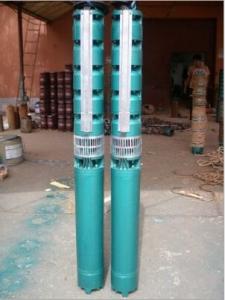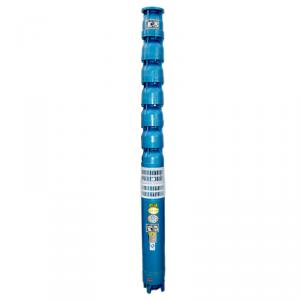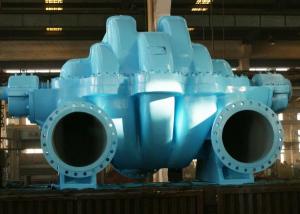WQ series Designed Sewage Submersible Pumps
- Loading Port:
- Shanghai
- Payment Terms:
- TT OR LC
- Min Order Qty:
- 1 unit
- Supply Capability:
- 200 unit/month
OKorder Service Pledge
OKorder Financial Service
You Might Also Like
Product Description:
All details for WQ Series Sewage Submersible Pump:
1. Product Introduction of WQ series Sewage Submersible Pump
WQ series submersible sewage pump is mainly used for municipal work, industrial building, hotels, hospitals, civil air defense, mines, etc. It can be widely used in transfer waste water, rainwater and living water etc. which contains solid grains and various long fibers CNBM WQ series sewage submersible pump have many advantages, such as, hi-efficiency, circumvolution proof, blockage free, auto-coupling, hi-reliability and auto-control, etc.
2. Technical Performance of WQ series Sewage Submersible Pump
Discharge diameter: 50~600 mm
Capacity: 10~8000m³/h
Head: 5~60m
Power: 1.5~315kw
Diameter of pass solids: 20~145mm
3. Operation Condition of WQ Series Sewage Submersible Pump
1). Rated Voltage: 380V(660V), Frequency: 50Hz, 3-phase AC.
2). Temperature of medium under 40ºC.
3). PH value: 4~10.
4). Volume ratio of solid in medium below 2%.
5). Density of medium should be lower than 12000kg/m³.
4. Structure Characteristic of WQ Series Sewage Submersible Pump
WQ series submersible sewage pump is equipped with status indicator and protection device to ensure for pump safe and reliable operating.
1). The unique cable airproof is adopted, avoid leakage of cable.
2). Heat protector in stator assure of operating life of the motor.
3). The pump adopts outer recycling cooling design with motor power more than 18.5kw, which can keep the pump operating safely under the lowest water level.
4). A floating switch is installed at the bottom of motor chamber to protect the mechanical seal in the motor side.
5). The oil-water probe is installed at the up end of the oil chamber between pump and motor that can protect the mechanical seal in the side. If leakage occurs, the system will signalize and start protection.
6). Adopt perfect mechanical seal, the sealing material adopt tungsten carbide, silicon carbide and hard metal alloy, which can prevent the water from entering into the motor, and keep the operating reliable and safety.
7). The auxiliary impeller can balance the pressure outside of the mechanical seal, prevent the water entering into the oil chamber and prolong the life of the motor.
8). Unique impeller design, wide passage allow large solid and long fiber passing through freely, it features non-clog, convolve-proof and good passing ability.
9). The changeable wearing ring is installed between the impeller and the volute to keep the optimum operation conditions.
5. Impeller Design Characteristics of WQ Series Sewage Submersible Pump
For the feculence pass freely, it must be widen the flowing passage of impeller, for the big pump, can used for double-vane, or three-vane, for the small pump, it used for single(double) flowing passage, like a bent pipe has same section, it has a good passing characteristic, avoid stop, convolve caused by slowing current possibly. The especially flowing passage of impeller, cooperate with logical volute, made the paper, soft goods, garbage bag and other material in sewage can passing freely and the pump have no vibration in the course of running-in and load through the impeller balance between dynamic and static state.
6. FAQ
1). Can I get trained on CNBM products?
Yes, we provide training courses in our factory (products, general and specific pump technology, hydraulics, and practical applications). Please consult your sales manager or get in touch with our headquarters for more information.
2). How long is your warranty?
Unless otherwise expressly authorized in writing, by specifying a longer period or different conditions, CNBM states that, for a period of twelve (12) months from delivery date, all Products supplied are free from defects in materials and workmanship, and conform to the applicable specifications. Either the delivery documentation or the invoice must be provided to prove delivery date. In absence of such documents, the production date appearing on the product label may suffice.
3) How can I get trained on CNBM products?
Yes, we provide training courses in our factory (products, general and specific pump technology, hydraulics, and practical applications). Please consult your sales manager or get in touch with our headquarters for more information.
4) Are your pumps cheaper than those of your competitors?
CNBM aims to give its customers the highest standards of quality and service and delivery times, all at a reasonable price.
5) Do you have self-priming pumps?
Yes, our product portfolio also includes two ranges of self-priming pumps: self-priming electric pumps and self-priming side channel pumps.
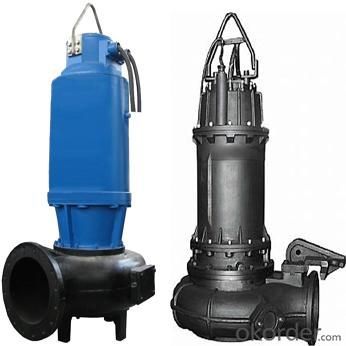
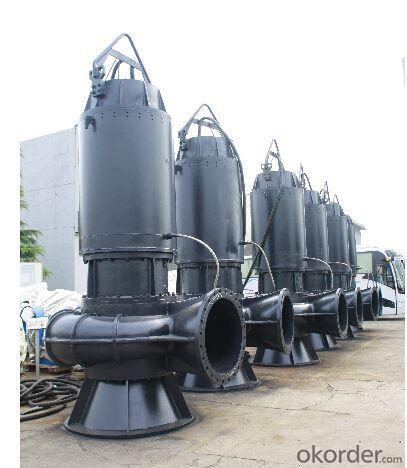
- Q:My '95 Ford Ranger has had the sound of a bearing going bad in a pulley for about two months. Finally this weekend I started it up and it must have locked up, the belt was squealing really loud and snapped. So, now the water pump pulley has rubber chunks on it, which would make me think that is the bad pulley. But the pulley spins perfectly, really smooth. The alternator pulley on the other hand does not spin perfectly. It is not really hard to spin, but it does not spin smoothly. And the alternator pulley is real clean, no rubber on it at all. Any thoughts? I was thinking of buying a cheap belt and putting it on there, have someone start the truck and watch under the hood to see which is bad.
- open your alternator and replace the bearing. there are two bearings, behind the pulley and at the end of the rotor near the slip rings then install new belts. check the rotation of both the water pump and alternator after work before installing belts. you may also check air condition compressor bearing if so equipped. check idler bearing ,if so equipped.. in short, all rotating parts/pulley you see.
- Q:How to measure the temperature of pump body?
- Pump body temperature in general, with the hands feel good, and when the hand arrived, can not accept, the pump will have a problem. Specific by their touch cooked.
- Q:What is the defection of water pump
- Anti water hammer phenomenon that is usually said, it is in the high pressure water pump suddenly stops working, the height would hit back phenomenon called defectionThis situation generally occurs in the water pump outlet does not install a check valve, the valve with a check valve has a sound, but the check valve can be a good protection of water pump
- Q:95 mustang leaking water pump changed the pump and its running backward now
- Check the belt diagram and make sure that the belt is on correctly; if it is on backwards fix it. If you have white smoke coming out of the exhaust that is water vapor which means that the engine has gotten too hot and you have a cracked head or a blown head gasket.
- Q:we live in the country in the warm months and have a portable pump that takes water from a 15 foot deep well. It feeds water to a toilet and a hot water tank mostly and a sink and shower and washer. We put the pump outside the bathroom and need to know how to start it, thanks!
- There are so many different kinds, brands, types of pumps available for the purpose you're stating that it's not even funny, but for the purposes of this forum we will have to assume that it's a standard shallow well jet pump that draws water up from the ground and pushes it out the other side of the pump. Just in case you've never heard of the FOOT valve, it's what we've always called a check valve. It goes in the line coming up from the ground to stop the flow of water going back down the pipe once it's up and past the valve. That's what makes the pump keep it's prime, which is what you're actually asking, how to prime a pump. You'll need to open a pipe going into the top of the pump and pour enough water into it to make sure it's got plenty in the front casing. The pump shouldn't run dry. Once you're sure there's water in the casing then plug in or turn on the pump motor and continue to pour water into the pipe till it starts squirting out the top profusely. Then you can cap up the pipe and it should pump. If need be you can repeat till it catches.
- Q:Where can I find a really good deal online for Spectre 4480 Water Pump Pulley Shim Kit
- You can purchase the Spectre 4480 Water Pump Pulley Shim Kit from OKorder for the heavily discounted price of $1.02. That's a full 83% or $4.97 off the list sticker price for this item. The product features: * Provides proper drive belt alignment with water pump * Fixed between the water pump pulley and drive flange * Shims pulley out 1/16, 1/8, or 3/16 for proper alignment * 3 shims per kit If you're interested in taking advantage of this great offer, visit the link below.
- Q:i hear water swirl in my dash board when i take off and when i reverse, i heard its the water pump pushing water through the heater core, but how can i fix it.?
- The issue is not just that the water pump is pumping air through the system, it is that there is an issue with air being in there in the first place. It gets there one of two ways. First, your cooling system is losing water somewhere and air is getting drawn in through the coolant overflow bottle or through a leak in the hoses, the radiator, or the radiator cap. Second it is getting in through a compression leak. Compression leaks are caused by blown head gaskets or cracked or corroded cylinder heads or engine blocks. You need to determine which it is, because you need to address the issues differently. Fill the cooling system with coolant, purge the air out of it, and connect a pressure gauge to the radiator where the cap normally goes. Start the engine. If the gauge fluctuates up and down, you have a compression leak caused by a blown head gasket or crack in the block or head. If the gauge doesn't fluctuate, you have a leak in the cooling system that could be in any one of many places, such as hoses, caps, freeze plugs, the radiator itself, the heater core, or one of many gaskets. If it turns out to be a compression leak, you need to pull off the heads and replace the gaskets, and if there is any corrosion or cracks, you need to either replace or repair the heads. Broken head bolts can also allow compression leaks, so if you do remove the heads, you need to replace the bolts and torque them to the correct specs. If your engine oil looks frothy, like latte, this is another sign that you have a blown head gasket. It means coolant is getting into the engine oil. If it is a leak in the cooling system that is not related to the head gasket, you need to find it and seal it. There is no other way to find out exactly what is allowing air into your cooling system other than these two methods. The sound you hear when water is flowing through your heater core is actually the air gurgling through. No air, no sound.
- Q:Every time i turn off the engine i hear like liquid noises behind the dash board in the drivers side. My fan isnt working properly but i just took a trip...4 hours away.. on the highway the temperature would be fine but on regular streets my temperature goes high pretty fast..i have been putting anti freeze pretty often lately because it goes low but there is no signs of a leak anywhere. Could it just be that my fan isnt working properly or is it because the water pump is going bad? or both? I have a 93 Toyota celica
- 17 Years...... Blown Head Gasket, Fans need to be Repaired {A/C Fan on at all times with A/C on, Radiator Fan Cycling as Engine Heats Cools}, Thermostat Removed, Cooling System Boiled/Flushed Out, New Thermostat Installed After Cooling System Cleaning, At 17 Years New Radiator Hoses Clamps, New Radiator Cap, New Temp. Sensor, New Coolant (50%-50% Anti-Freeze Clean Water Used All Year Round). Hopefully that should fix it. Almost forgot; With a Blown Head Gasket there will be Water in the Oil, you should Flush the Engine and change the Oil Filter.
- Q:I've never had overheating problems before, (although the heating itself never worked great) but today the gauge suddenly spiked while driving at about 50mph. I pulled over and steam was coming off the engine and the cooland tank was bubbling. The coolant was low, but not empty. I put some water in the coolant tank, let the engine cool and drove to a gas station where I got some coolant which I mixed with the water in the coolant tank. That didn't seem to help any. Even after letting the engine cool completely, it spikes after less than five minutes of driving. The radiator and both top and bottom hoses are equally hot. When I tried to start the engine with the radiator cap off, cooland shoots up out the top. The fans are working propely and there is no debris on the front of the radiator. So I'm sort of at a loss. Also, I've had some trouble starting since the problem.
- could be several things always check the simple things first thermostat and cap the water pump will not always leak if it is bad if you dont see it leaking grab the fan or the pulley on the pump and try to move it if you get any movement it is bad check the oil see if it is brown and milkey looking if it is then it is your head gasket this will also make it hard to start check the plugs to see if they are wet if so there is water in the cylinder which means head gasket and always have the head checked for cracks or being warped a machine shop can do that for you
- Q:I have a 2006 Mitsubishi Raider that I'm pretty sure needs a new water pump. It is still under warranty for another 1000 miles, but the nearest dealer is over 200 miles away, and Mitsubishi says they won't reimburse for work done at a non-Mitsubishi Dealer. I'm trying to figure out if the cost of just paying someone to have it done here in town versus having towed 200 miles and then driving it back, plus the lost cost of missed work.By the way my Mitsubishi Roadside Assistance will tow it to the nearest dealer for free, but last time I did that it was barely worth the hassle of dealing with their very poor contract towers.
- Have you asked the dealer to send you the part at least? Call Mitsubishi and ask it that would be possible, you never know. You could send in the old pump and possibly get compensation. Keep your bills. Discuss it with them. Your dealer should provide you with the area Mitsubishi representatives contact information. The prices for those can be expensive. Ask the dealer, service dept, for the labour, how many hrs. to change the pump. They should tell you. Also for the cost of the pump. Add the two together and you have your ans. Join CAA, or AAA, get a gold card, wait two days for the card's towing to take effect, then have it towed in on the card. Done all the time. Or if you have a relative with a Gold card they can have it towed in as long as they are with the car with their card when the tow truck comes.
1. Manufacturer Overview |
|
|---|---|
| Location | |
| Year Established | |
| Annual Output Value | |
| Main Markets | |
| Company Certifications | |
2. Manufacturer Certificates |
|
|---|---|
| a) Certification Name | |
| Range | |
| Reference | |
| Validity Period | |
3. Manufacturer Capability |
|
|---|---|
| a)Trade Capacity | |
| Nearest Port | |
| Export Percentage | |
| No.of Employees in Trade Department | |
| Language Spoken: | |
| b)Factory Information | |
| Factory Size: | |
| No. of Production Lines | |
| Contract Manufacturing | |
| Product Price Range | |
Send your message to us
WQ series Designed Sewage Submersible Pumps
- Loading Port:
- Shanghai
- Payment Terms:
- TT OR LC
- Min Order Qty:
- 1 unit
- Supply Capability:
- 200 unit/month
OKorder Service Pledge
OKorder Financial Service
Similar products
New products
Hot products
Related keywords
